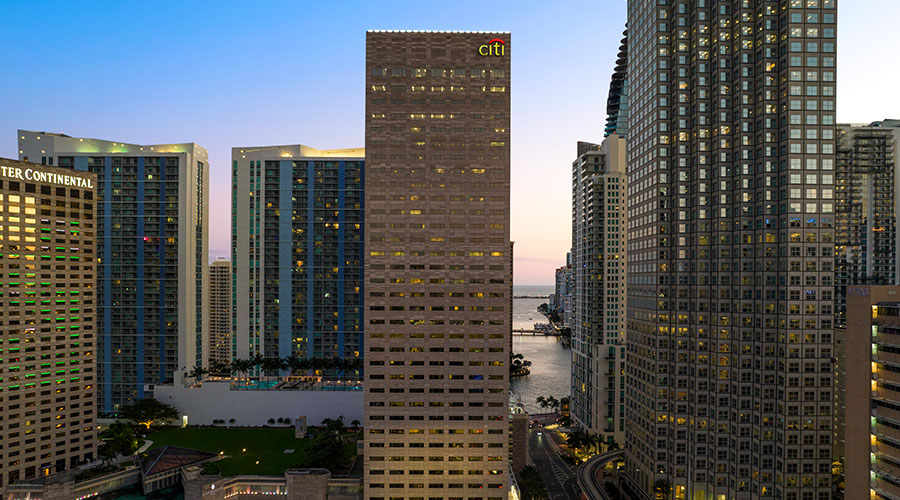-(1).jpg) The Curtis includes residential units and a combination of retail shops, restaurants, and other amenities. Keystone Development + Investment
The Curtis includes residential units and a combination of retail shops, restaurants, and other amenities. Keystone Development + InvestmentUnderstanding Office Conversion Considerations and Strategies
Using these three criteria upfront during a conversion project will help facility managers determine a project's viability.
Gensler uses an office-to-residential conversion tool to analyze the space and identify whether it’s suitable for residential conversion.
“There may be a shortage of residential, but not all office buildings make good residential spaces,” says Stacey Olson, director of sustainability. “We do a quick, impactful analysis before we move too far down that road.”
When moving toward mixed-use, other concerns also factor in. Considering the following upfront will lead these projects to greater success.
Goals: “As with any project, you want to foster dialogue and collaboration, and discuss the goals of the project,” Olson says. “You must bring all stakeholders to the table. This includes building engineers, owner-operators and building managers.”
She recommends asking the following questions in kickoff meetings:
- What is the vision for the project?
- What are the opportunities and obstacles?
- How can we collaborate to achieve this?
Floor Plans: “It takes some design creativity to develop a floor plan that works for all tenants,” says Heather DeFreytas, construction manager for Keystone Development + Investment.
Apartments and condos require specific depths and breaking up floors also warrants consideration. Owners might want to group office spaces on specific floors, residential higher up, and retail at the floor level, for example.
Building design must control access to all areas.
“You might separate elevators so that certain elevators go to certain areas and residential elevators are completely separate,” DeFreytas says. “Put shared amenities such as restrooms or lobbies in specific areas.”
Finances: Consider the finances. Consider the tenant income needed to make the conversion worthwhile.
“Sometimes area demographics won’t work for residential. You may never find people willing to pay the rents you need to charge,” DeFreytas says. “The project must be profitable, and that’s probably the biggest reason we would cancel a project.”
The pandemic altered office buildings forever. Using these spaces to their fullest potential may require building owners to reimagine these spaces into something that works for many occupant types.
Ronnie Wendt is a freelance writer based in Waukesha, Wisconsin.
Related Topics:








-(1).jpg)




